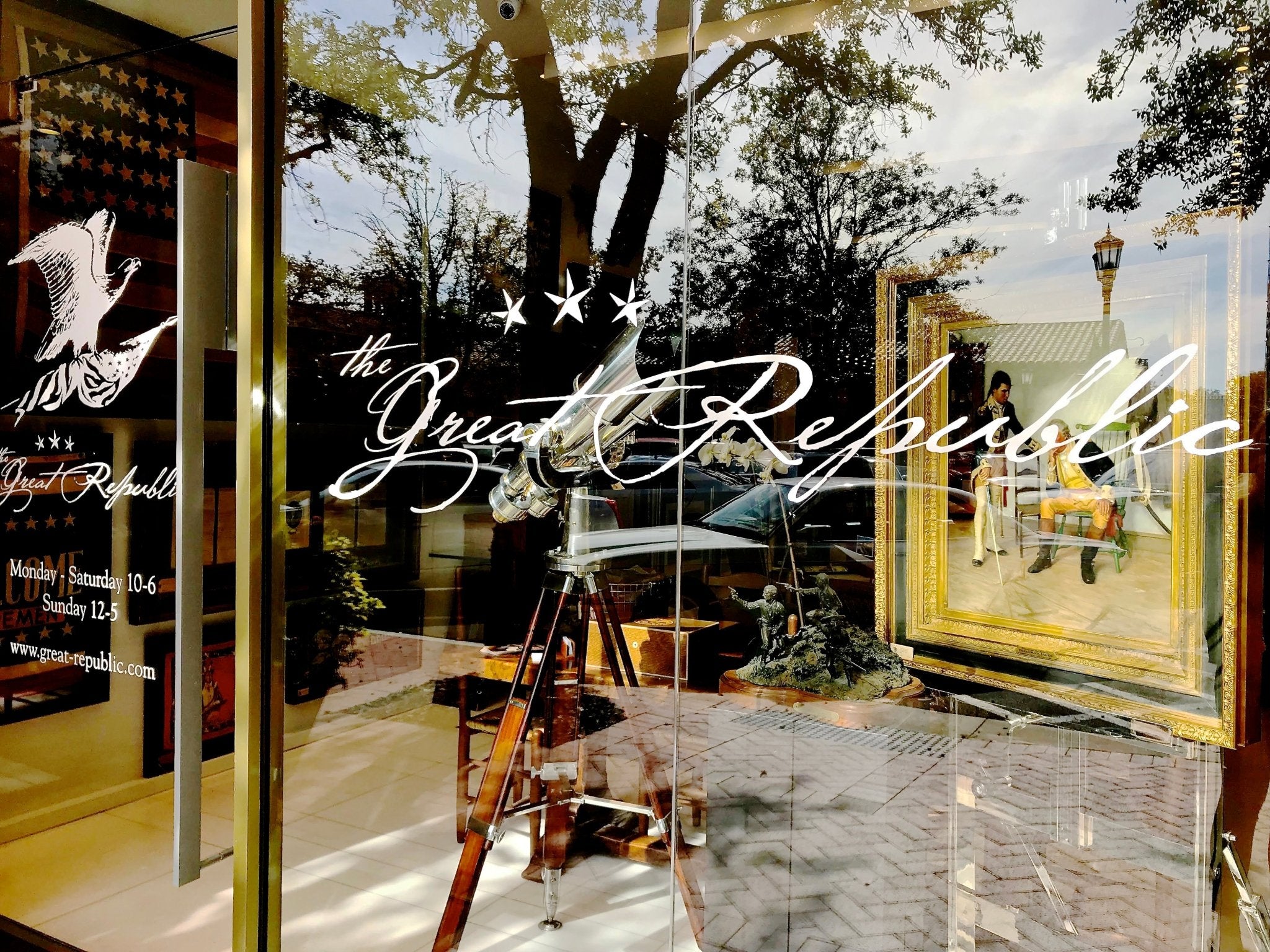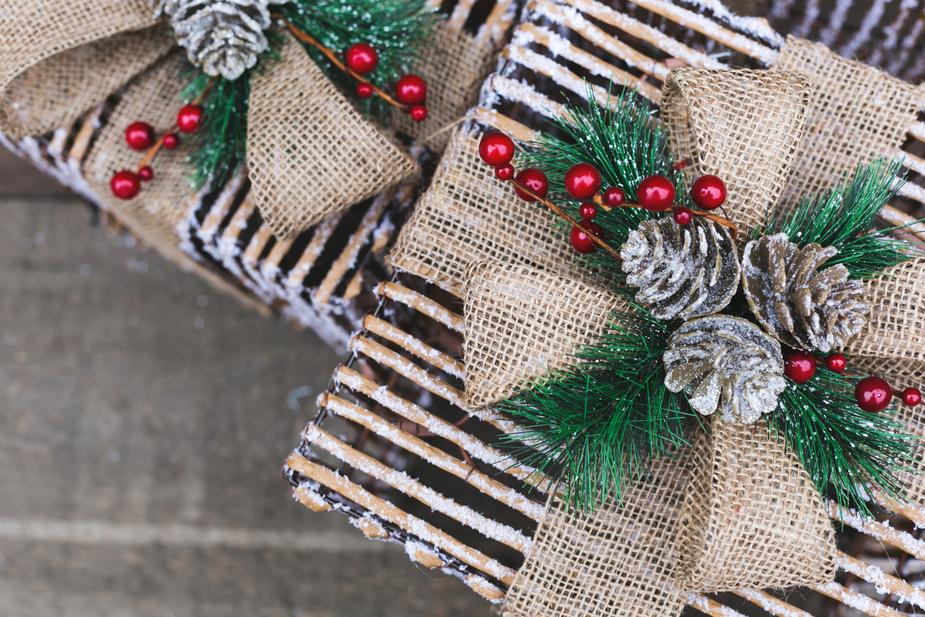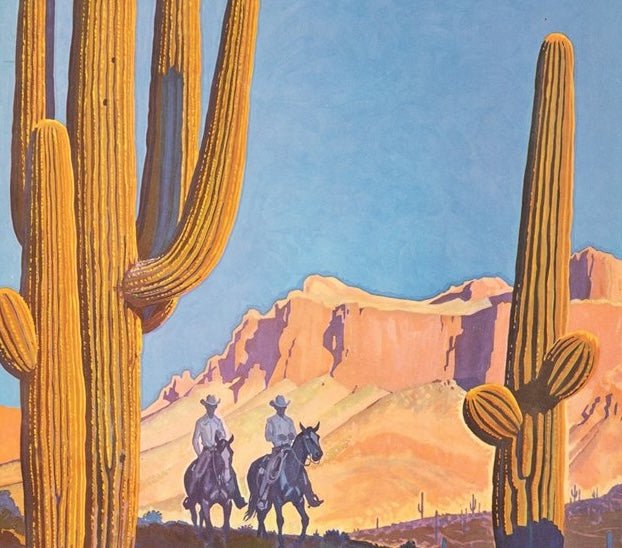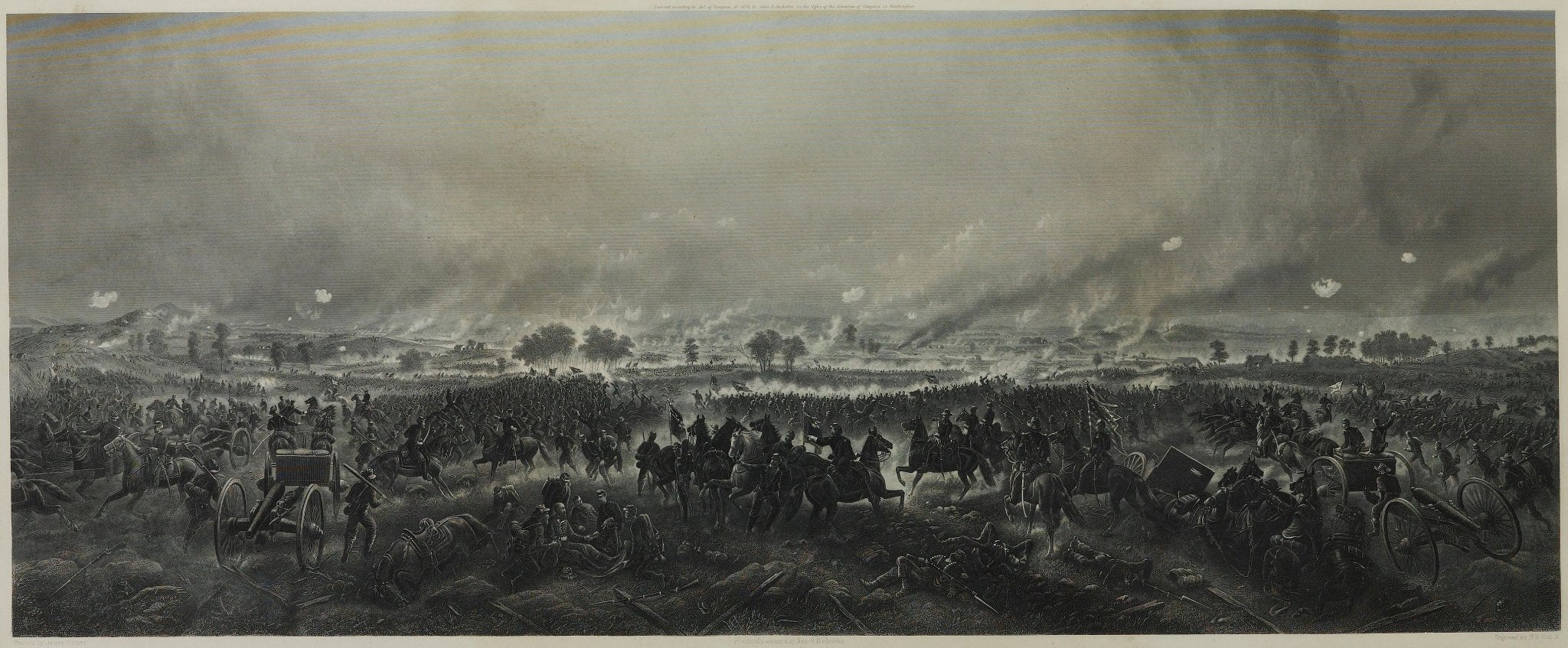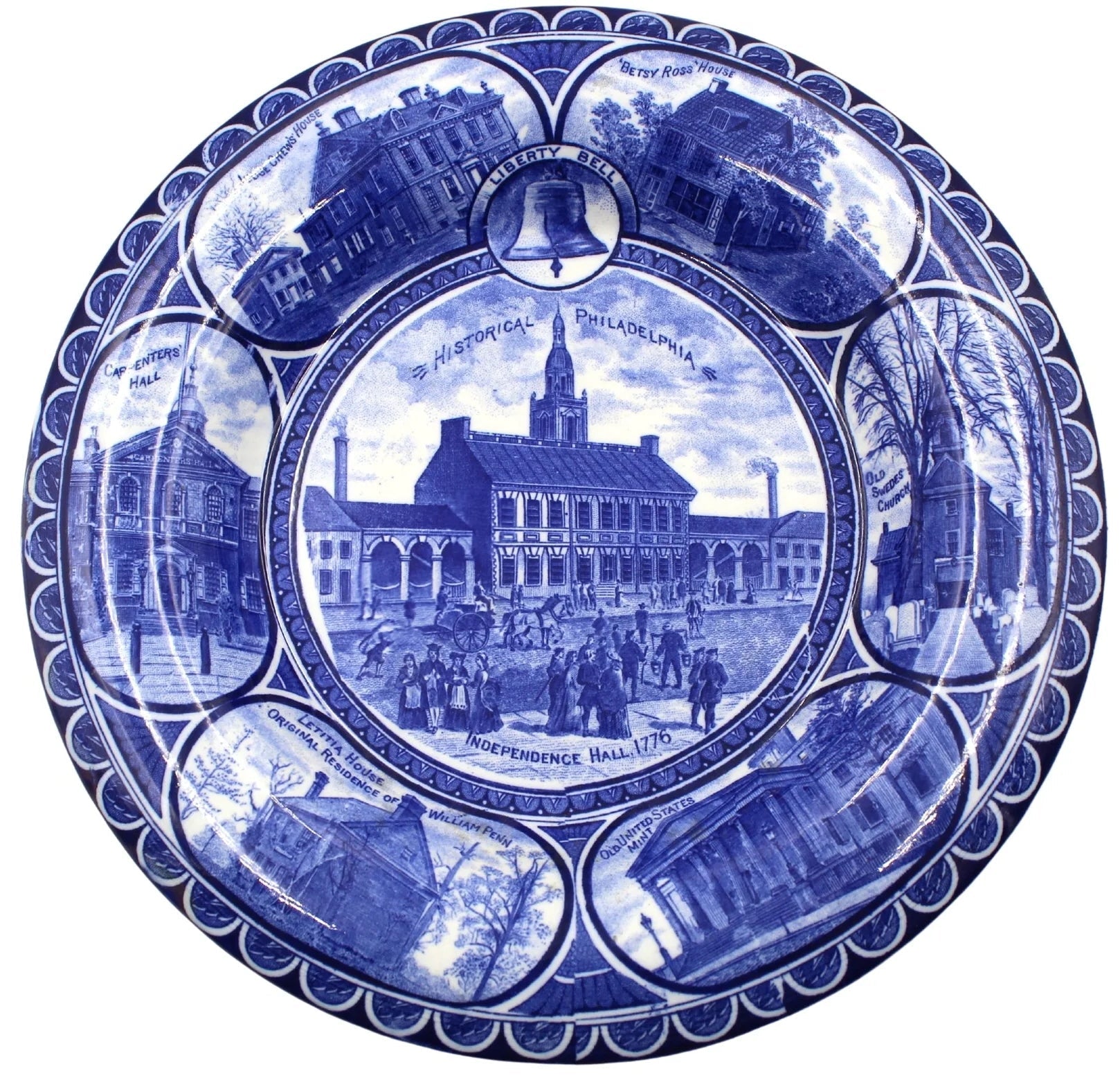The Story of the First Thanksgiving
Happy Turkey Day
Happy Thanksgiving! This year, Thanksgiving Day falls on November 22nd, but the holiday has been celebrated since centuries earlier. In the early 17th century, the Plymouth colonists and Wampanoag Indians shared a fall harvest feast. To this day, this is considered to be the ‘first Thanksgiving’ celebration. For centuries, days of thanks were commemorated throughout colonies and states. In 1863, in the midst of the Civil War, the day of celebration was made a national holiday by President Abraham Lincoln, forming the holiday we know and love today.
Pilgrims in America
In September of 1620, a ship called the 'Mayflower' left Plymouth, England with 120 passengers in search of the New World, which promised religious freedom and the prospect of land ownership. After a dangerous crossing that lasted 66 days, the ship arrived at the tip of Cape Cod, which was further north than they had originally intended. A month later, the ship crossed Massachusetts Bay, where these Pilgrims settled and established the village of Plymouth. This rare and detailed map shows Cape Cod, the point where the first Pilgrims arrived.
Map of Massachusetts, Connecticut, and Rhode Island, E. Ruggles, 1824
Detail of Plymouth and Cape Cod
Upon first settling in the New World, the Pilgrims endured a harsh winter, where many passengers of the Mayflower were overexposed and suffered from contagious diseases. In the March following that winter, surviving Pilgrims moved inland where they came across Native Americans. The Pilgrims, weakened by disease and malnutrition, came to learn from the ways of the native people and soon took to planting grain and living off the land. In celebration of a new settlement, and after suffering tremendous strife on the boat to the New World, the Plymouth colonists shared a harvest feast with the Wampanoag Indians. This feast is considered to this day as the first real Thanksgiving.
Feast Foods
Nowadays, turkey, stuffing, and potatoes are on our Thanksgiving menus. However, these were not readily accessible options for the Pilgrims of the first Thanksgiving. Instead, the Pilgrims feasted on their newest harvest, thanks to the help of native tribes such as the Pawtuxet and Wampanoag. Corn was one of the first things harvested and enjoyed by the Pilgrims. This corn was both ‘flint corn,’ or multi colored Indian corn, and corn in the form of a grain to be used for porridge or bread. In addition, local deer were hunted by Native Americans and presented to the Pilgrims for the feast.
For the first time in over a century, waterfowl were in abundance in the 1620’s, providing the Pilgrims with succulent pigeons. Small birds were spit-roasted and some larger types were boiled in water. They weren’t stuffed with bread, as we commonly do now, but were often filled with vegetables such as onions and herbs. Even shellfish, such as clams and lobster, made its way onto the Thanksgiving table. Shellfish was often dried or smoked before eating.
Pinneated Grouse, Plate 186, Amsterdam Audubon Edition
Example of waterfowl eaten during the first Thanksgiving
A National Holiday
The first Thanksgiving was held by the Pilgrims after a tremendous drought in the New World. After the American Revolution, the first proclamation calling for a Thanksgiving was issued by George Washington, who urged his countrymen to give thanks for the happy conclusion of the war. Washington’s successors John Adams and James Madison also recognized this day of gratitude.

Vintage Bronze Abraham Lincoln Bookends, P. M. Craftsman
A. Lincoln, first to declare Thanksgiving a national holiday
Thanksgiving was officially recognized as a national holiday in 1863 by President Abraham Lincoln as an effort to “heal the wounds of the nation,” which was struck with hardship during the Civil War. Thanksgiving was scheduled for the last Thursday in November and was celebrated on this day until 1939 when Franklin D. Roosevelt pushed the holiday up a week. In 1941, the holiday was nationally recognized as the fourth Thursday in November, as it is celebrated today.
Giving Thanks in 2018
As it stemmed from earlier times of fall harvests, hunting, and gathering, Thanksgiving holds a significant place in American history and tradition. So, when you stuff the turkey and sit down to feast with the family, remember the origins of such a holiday. After starvation and strife, Thanksgiving has continued to be a day for remembrance and gratitude through the ages. Let's give thanks!

Sources:
History.com editors, Thanksgiving 2018. History, A&E Television Networks. Accessed Nov. 14, 2018
Gambino, Megan, What Was on the Menu at the First Thanksgiving? Smithsonian.com, Nov. 21, 2011. Accessed Nov. 14 2018.




